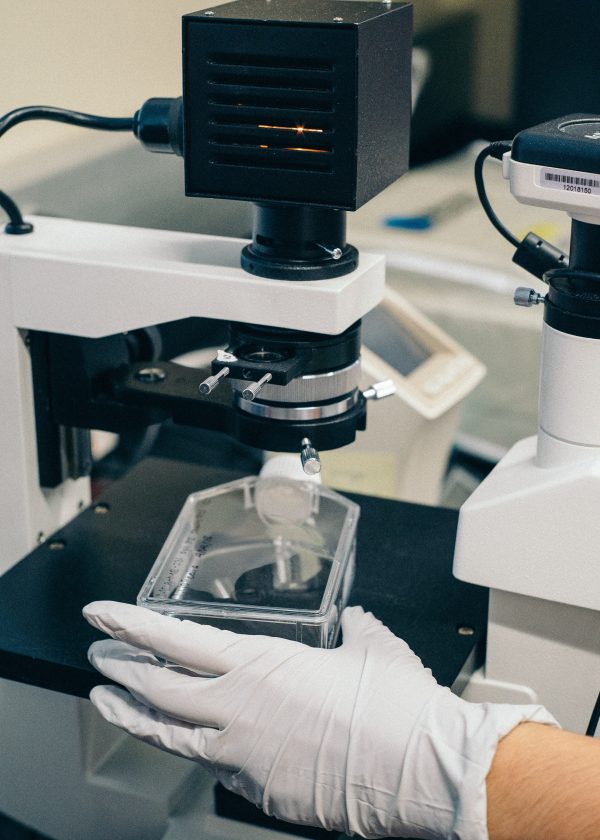Brain-Computer Interfaces for the Treatment of Neurological Disorders

Brain-Computer Interfaces (BCIs) have emerged as a revolutionary technology that enables direct communication between the human brain and an external device. BCIs have the potential to transform the way we interact with technology and help people with neurological disorders regain control over their bodies.
Neurological disorders such as Parkinson's disease, epilepsy, and stroke can have a profound impact on a person's quality of life. These disorders can cause difficulties with movement, communication, and cognitive function. However, recent advancements in BCI technology have opened up new possibilities for the treatment of these disorders.
BCIs work by interpreting the electrical activity of the brain and using this information to control an external device such as a prosthetic limb or a computer. The technology involves the implantation of electrodes into the brain or the use of non-invasive techniques such as electroencephalography (EEG) to measure brain activity. The signals are then interpreted by a computer algorithm and used to control the external device.
One area where BCIs have shown particular promise is in the treatment of Parkinson's disease. Parkinson's is a neurological disorder that affects movement and is caused by the degeneration of dopamine-producing neurons in the brain. Current treatments for Parkinson's involve medication and deep brain stimulation (DBS), a surgical procedure where electrodes are implanted into the brain to stimulate neural activity.
However, DBS is an invasive procedure that can have significant side effects. BCIs offer a non-invasive alternative for the treatment of Parkinson's. By using EEG to measure brain activity, BCIs can detect the onset of tremors and other Parkinson's symptoms and provide electrical stimulation to the affected area of the brain. This stimulation can reduce or eliminate tremors and improve motor function in patients with Parkinson's.
BCIs also offer promise in the treatment of epilepsy, a neurological disorder that causes seizures. Seizures occur when there is abnormal electrical activity in the brain, and can cause a range of symptoms such as loss of consciousness, convulsions, and confusion. Current treatments for epilepsy involve medication and surgery to remove the affected area of the brain.
BCIs offer a non-invasive alternative for the treatment of epilepsy. By using EEG to detect the onset of seizures, BCIs can provide electrical stimulation to the affected area of the brain, preventing the seizure from occurring. This technology has the potential to significantly reduce the number of seizures experienced by patients with epilepsy and improve their quality of life.
In addition to the treatment of neurological disorders, BCIs also offer promise in the field of prosthetics. By using BCIs to control prosthetic limbs, amputees can regain control over their bodies and perform tasks that were previously impossible. BCIs can also be used to control exoskeletons, enabling people with mobility impairments to walk again.
The development of BCIs is still in its early stages, but the technology holds great promise for the treatment of neurological disorders and the development of new assistive technologies. As the technology continues to advance, we can expect to see more applications of BCIs in the field of medicine and beyond.
Brain-Computer Interfaces have the potential to revolutionize the way we treat neurological disorders and help people with mobility impairments regain control over their bodies. By using non-invasive techniques to measure brain activity and interpret signals, BCIs offer a safer and less invasive alternative to current treatments. With further development and refinement, BCIs have the potential to improve the lives of millions of people around the world.
